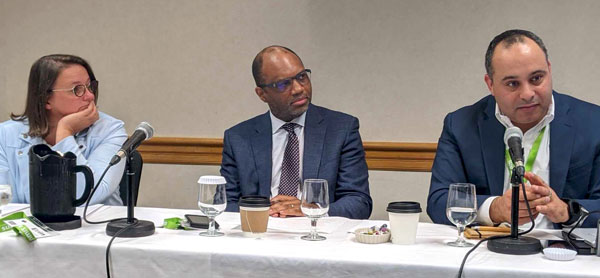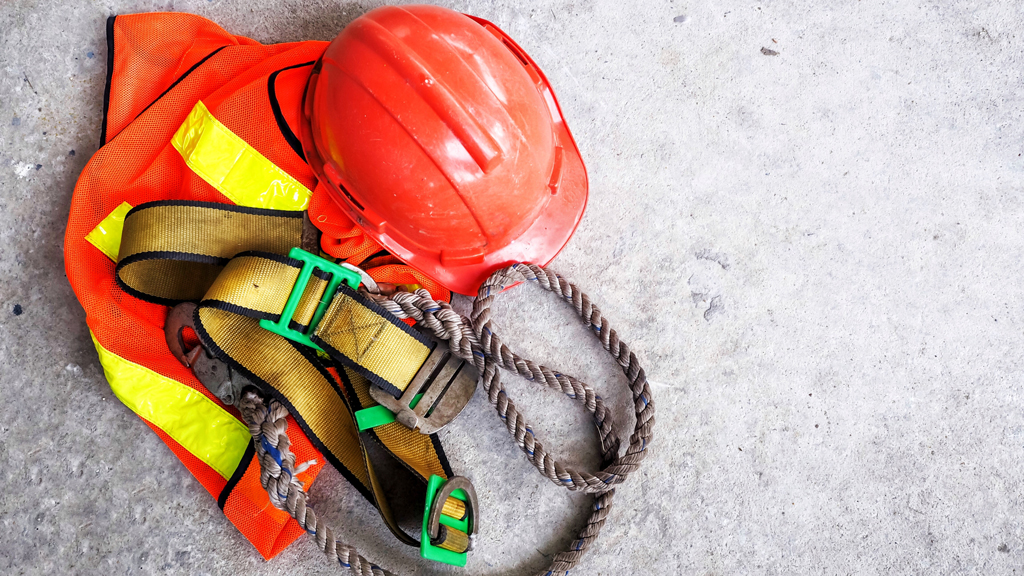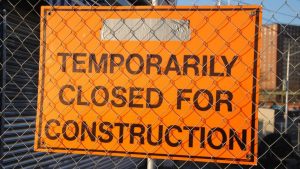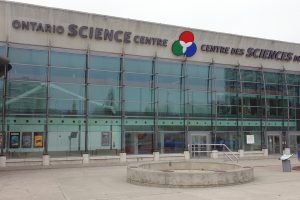Health and safety directors in the construction sector are adopting new technology at a rapid pace but as delegates heard during a recent session at the Building Transformations conference held in Toronto, the next generation of tech promises even greater breakthroughs.
Three panellists and moderator Dr. Joel Moody, Ontario’s chief prevention officer, suggested there is a large gap between laggards who hesitate to use the latest safety technology and those who embrace it.
They are looking further down the road to when digitization research and new software will generate significant advances in AI and predictive analysis, leading to a new generation of safer workplaces.
Panellist Steve Chaplin, senior vice-president for health, safety and environment with EllisDon, explained his company generally does a good job adopting new technology.
“But I think similar to a lot of companies in the health and safety space, we haven’t advanced as much in the digitization processes as we want to,” he said. “We’ve standardized a lot of digitization processes, EHS software, things like that, but we haven’t gotten into the predictive analysis and AI yet.
“But we see that on the horizon.”
The session was billed as Using Technology to Advance Worker Safety.
Joining Moody and Chaplin were Amer Dalain, global solutions strategy leader with Microsoft, and Erin Oliver, vice-president for health, safety and sustainability with Modern Niagara.
The reasons for the slow adoption of tech are familiar across the industry but there are others specific to health and safety.
Chaplin said construction tends to suffer from complacency and acceptance work culture. Construction vehicles have beepers when they back up but after awhile, workers stop hearing the alerts. The answer to that could be advanced AI or 360 cameras that automatically disengage the equipment or alert the operator.
“It’s a couple of things: the courage to try something different; the awareness of what technologies are actually out there in the market; general industry acceptance; and there’s cost to it,” Chaplin said.
Privacy concerns are another hurdle. Dalain addressed it in terms of the workers fearing Big Brother.
“I remember in COVID, we were using QR codes for health screening,” said Chaplin. “And a lot of the workers are like, ‘what are you tracking?’ I think the bigger hurdle is the privacy piece.”
Oliver said health and safety technologies should be injected into projects early on, at the design stage, so that not only does safety become part of the construction practice itself, it is embedded in the organics at the design phase. And it should also be embedded into the engineered controls level.
“We’ve changed the model of how we practise safety inside Modern Niagara,” Oliver said. “We’ve partnered with research institutions. We’ve partnered with other partners and we’ve actually started a research excellence specialist on our health and safety team and they liaise with institutions like the Centers for Disease Control and NIOSH and the Institute for Work & Health.
“Some of the best information…comes out of our best suppliers. We liaise with our partners and say, ‘this is what we think is a problem and this is what we think might be a solution.’”
Dalain offered insights into the healthy flow of new products and software emerging from R and D.

For example, he said, new hyper local weather intelligence can help with productivity on a jobsite but it’s also useful to keep workers safe.
“When I see something that says within 400 metres from you, a thunderstorm is coming within 10 minutes, that is very specific to my location. That’s information that you can act upon very quickly and with a high degree of accuracy,” he said.
Looking into the future of health and safety tech, Dalain said the growth of general intelligence holds great promise.
It’s a concept that harnesses multiple intelligences such as text, images, context, physics, math, geography, history – essentially all the information on the Internet. That leads to the ability to predict the future.
“This will be a technology that will continue to evolve and it will act just like how electricity started. By itself it is very powerful, but it gets more powerful when you invent devices that use that power to help you in your daily life.”
Health and safety specialists should take serious note, Dalain said.
“This is available now for everybody in their own industries to build on something that’s relevant to them.”
Follow the author on Twitter @DonWall_DCN











Recent Comments
comments for this post are closed